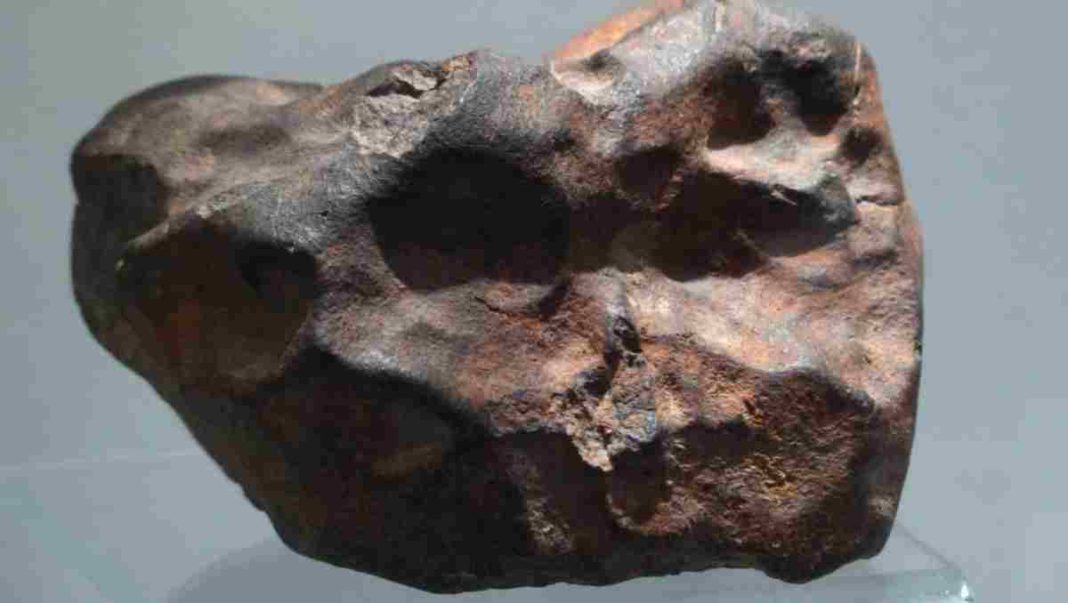UNITED STATES: In a stunning revelation that has captured the imagination of the scientific community and the public alike, a team of Harvard scientists has put forth the astonishing proposition that a meteoroid that fell into the Pacific Ocean nearly a decade ago could be of extraterrestrial origin and potentially even an artifact of alien technology.
The team, led by Professor Avi Loeb, a prominent theoretical astrophysicist at Harvard University, has spent years analyzing the remnants of the mysterious meteoroid that landed off the coast of Papua New Guinea in June 2014. Their findings, published in a recent article, challenge conventional understanding and raise profound questions about the nature of the cosmos.
Initial analysis of the metallic spheres recovered from the Pacific Ocean has confounded researchers. The team’s investigations have revealed that the material composition of these tiny remnants does not align with any known alloys found within our solar system.
This startling discrepancy has led Professor Loeb and his team to propose that the meteoroid could have originated from outside our solar system, making it a potential interstellar visitor.
“This is a historic discovery because it represents the first time that humans have encountered materials from a celestial body that arrived on Earth from beyond the confines of our solar system,” Professor Loeb wrote in the article. The implications of this revelation are far-reaching, challenging established theories about the origins of celestial objects and the possibilities of interstellar travel.
What sets this discovery even further apart is Professor Loeb’s audacious speculation that the fragments could be more than just naturally occurring space debris. He does not dismiss the intriguing notion that the meteoroid fragments might be part of an advanced extraterrestrial aircraft. The idea, while speculative, has ignited imaginations and prompted both excitement and skepticism within the scientific community.
The research journey has not been without its challenges. The Harvard team, supported by entrepreneur Charles Hoskinson, embarked on a daring expedition funded by $1.5 million to retrieve evidence that could substantiate their theories. Recovering remnants of the meteoroid, dubbed IM1, posed significant hurdles, but the team’s dedication and persistence have yielded invaluable insights.
IM1’s remarkable ability to withstand the intense pressures of reentry into Earth’s atmosphere added to its enigmatic nature. Unlike typical iron-nickel meteorites, the recovered fragments displayed an unusually low nickel content and other trace elements that deviate from established norms.
The scientific community now eagerly awaits further analysis. The Harvard researchers intend to delve into the isotopic composition of the fragments and employ radioactive dating techniques to determine the meteoroid’s true origins and unravel the mysteries it holds.
Also Read: Did Humans Accidentally Erase Martian Life? Astrobiologist’s Theory Sparks Debate



